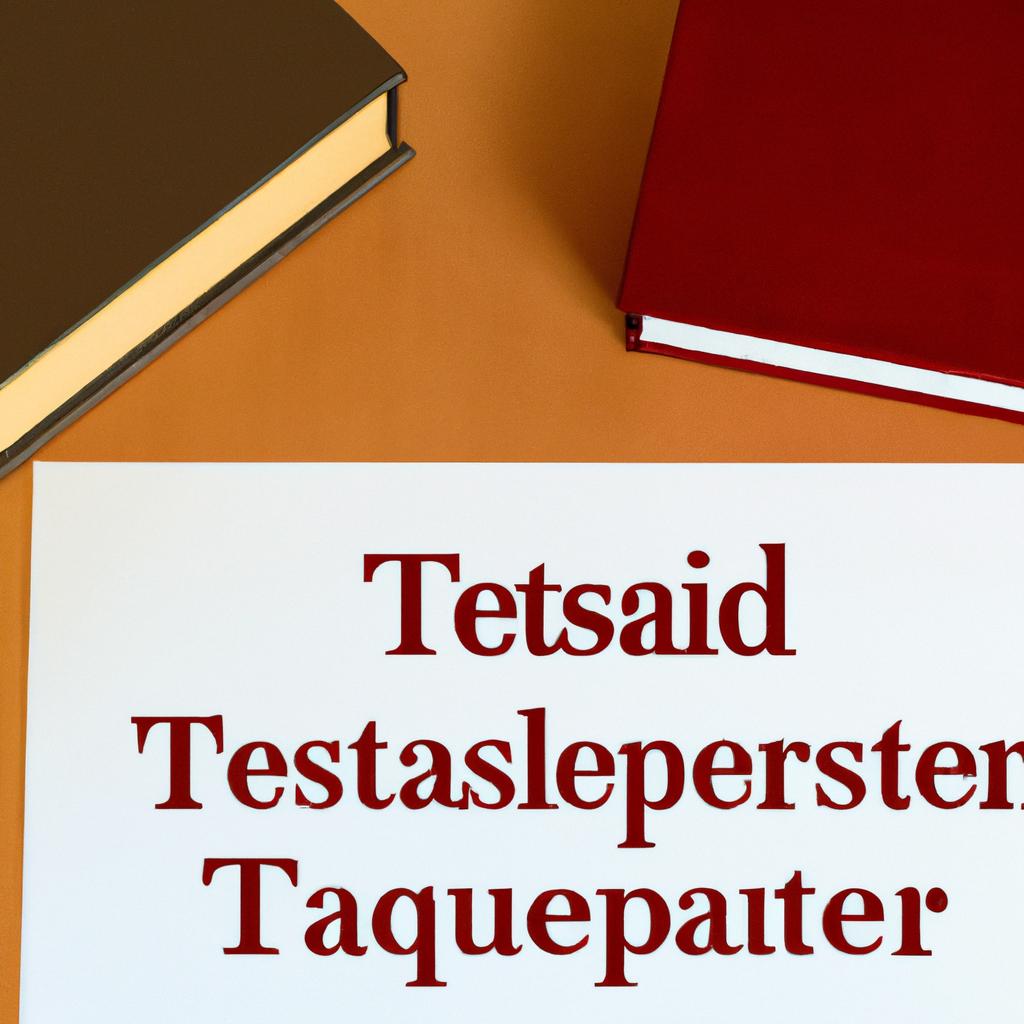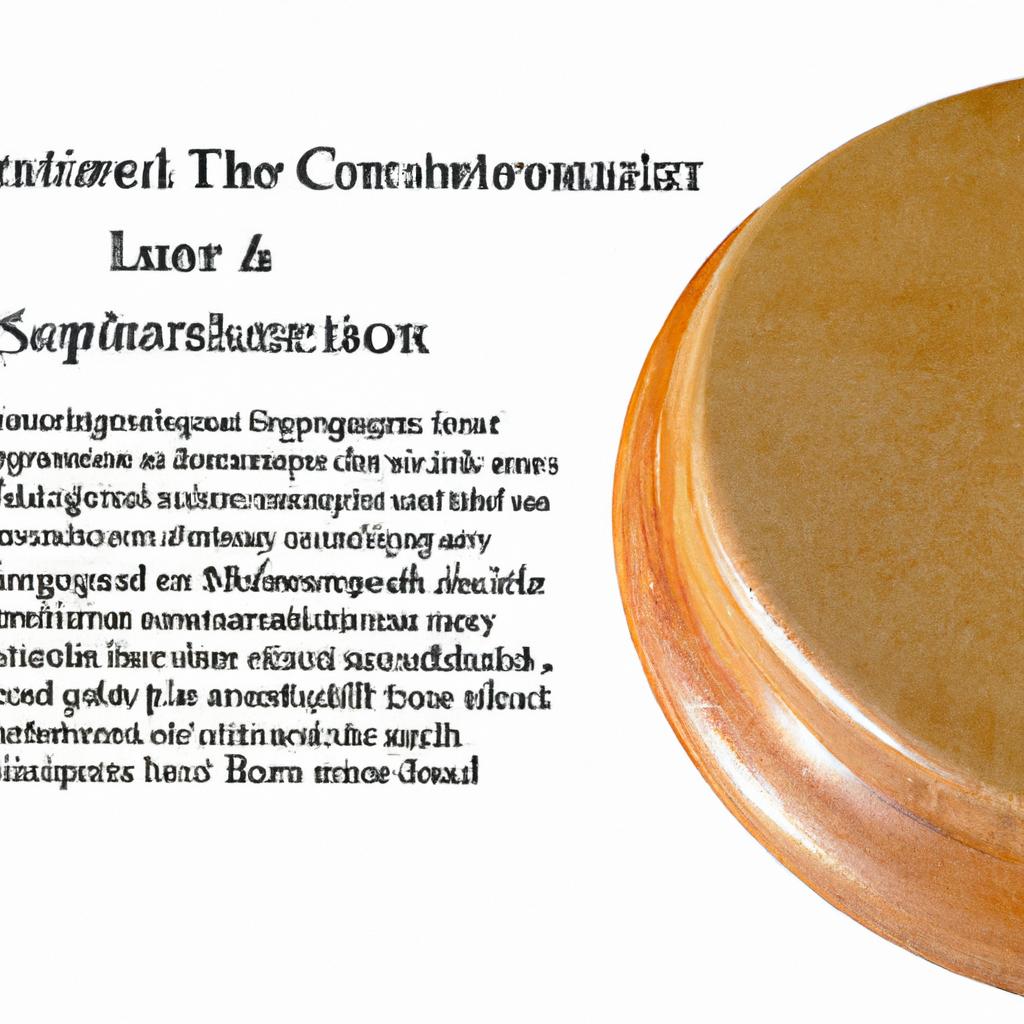As guardians of our clients’ legacies, we often find ourselves navigating the complex waters of succession planning. One of the key questions that arises in this process is: when does a successor trustee formally take over the reins of a trust? Understanding the pivotal moment when control transitions from the initial trustee to their designated successor is crucial in ensuring a seamless transfer of authority and safeguarding the interests of all involved parties. In this article, we delve into the intricacies of succession in trust administration, shedding light on the legal protocols that dictate the handover of responsibilities. Join us as we unravel the mysteries of trust succession and explore the critical junctures that signal the dawn of a new era in trust management.
Understanding the Role of a Successor Trustee in Estate Planning
Once the initial trustee becomes incapacitated, passes away, or is otherwise unable to fulfill their duties, the successor trustee steps in to take over the management of the trust. This transition typically occurs seamlessly and without the need for court intervention, as the successor trustee is named in the trust document itself. The successor trustee’s primary role is to ensure that the trust assets are managed and distributed according to the wishes of the grantor.
It is essential for the successor trustee to familiarize themselves with the terms of the trust and understand their responsibilities before taking on the role. This includes reviewing the trust document, identifying the trust beneficiaries, and knowing the specific instructions for asset distribution. The successor trustee must act in the best interests of the beneficiaries and handle financial matters prudently and in accordance with the law.

Criteria for Successor Trustee to Take Over Responsibilities
When determining when a successor trustee should take over the responsibilities of managing a trust, there are several important criteria to consider. These criteria ensure that the transition is smooth and that the trust assets are properly safeguarded.
One key criterion is the mental and physical capacity of the current trustee. If the trustee is no longer able to effectively manage the trust due to illness or incapacity, it may be time for the successor trustee to step in. Additionally, if the current trustee is no longer willing or able to carry out their duties, the successor trustee should take over. Proper communication and documentation are also crucial in determining when the successor trustee should assume their responsibilities.

Legal Steps for a Successor Trustee to Assume Control
In order for a successor trustee to assume control of a trust, there are certain legal steps that must be followed. First and foremost, the current trustee must either resign or pass away in order for the successor trustee to take over. Once this occurs, the successor trustee will need to obtain a copy of the trust document and review its terms and provisions.
After reviewing the trust document, the successor trustee must take the following steps to officially assume control:
- File a certification of trust with the county recorder’s office
- Provide notice to all trust beneficiaries of their rights
- Take an inventory of all trust assets

Guidelines for a Smooth Transition for a Successor Trustee
As a successor trustee, it is crucial to understand when you officially take over the responsibilities of managing a trust. Typically, a successor trustee assumes control when the original trustee is no longer able to fulfill their duties due to incapacity or death. This transition period is essential for ensuring a smooth handover and avoiding any disruptions in the administration of the trust.
During this transition period, there are several guidelines that a successor trustee should follow to ensure a successful takeover:
- Review the trust document: Familiarize yourself with the terms of the trust and understand your duties and responsibilities as a trustee.
- Notify relevant parties: Inform beneficiaries, co-trustees, and other interested parties of the change in trusteeship.
- Collect important documents: Gather all relevant trust documents, financial records, and legal papers to ensure a seamless transition.
- Consult with legal and financial professionals: Seek guidance from experienced professionals to navigate any complex legal or financial matters related to the trust.
Q&A
Q: When does a successor trustee take over?
A: A successor trustee takes over when the original trustee is no longer able to fulfill their duties, whether due to incapacity, resignation, or death.
Q: How is a successor trustee chosen?
A: A successor trustee is typically named in the original trust document. If not, a court may appoint a successor trustee.
Q: What steps should a successor trustee take to officially take over?
A: The successor trustee should obtain a copy of the trust document, notify all interested parties, gather assets, and begin administering the trust according to its terms.
Q: Is there a specific timeframe in which a successor trustee must take over?
A: There is no strict timeframe, but it is important for the successor trustee to assume responsibility as soon as possible to ensure the smooth transition of trust administration.
Q: Can a successor trustee be removed or replaced?
A: Yes, a successor trustee can be removed or replaced if they are unable or unwilling to fulfill their duties. This typically requires court intervention.
Q: What are the main responsibilities of a successor trustee?
A: The main responsibilities of a successor trustee include managing and distributing trust assets, paying debts and taxes, and keeping accurate records of all trust transactions.
Future Outlook
In conclusion, knowing when a successor trustee takes over is a crucial aspect of estate planning. By understanding the necessary steps and timelines involved, you can ensure a smooth transition of power and the proper management of your trust assets. Remember, seeking professional advice from an estate planning attorney can help guide you through the process and provide peace of mind for you and your loved ones. With careful planning and preparation, you can rest assured that your financial affairs will be in good hands when the time comes for your successor trustee to take over.












